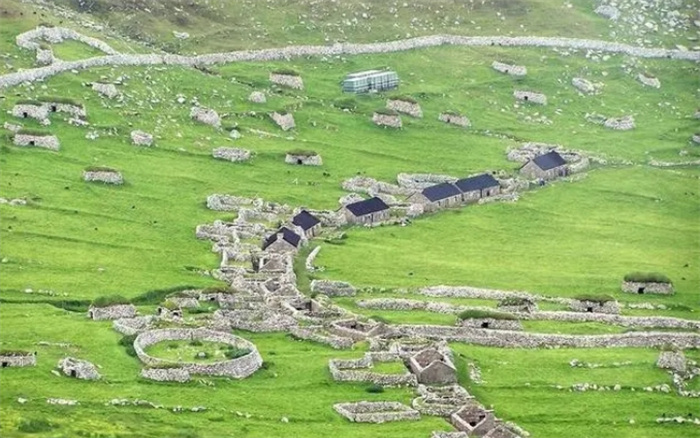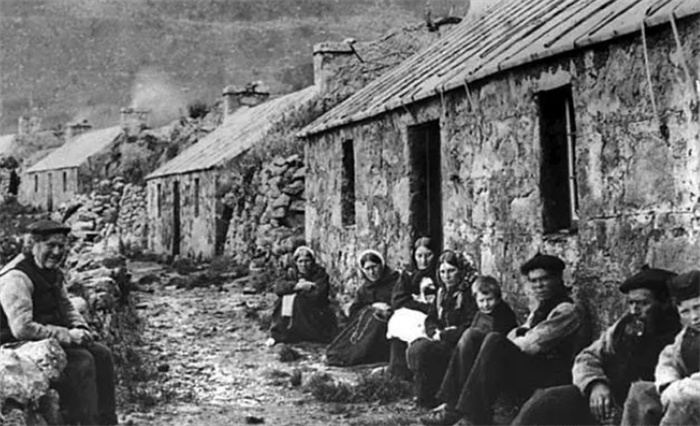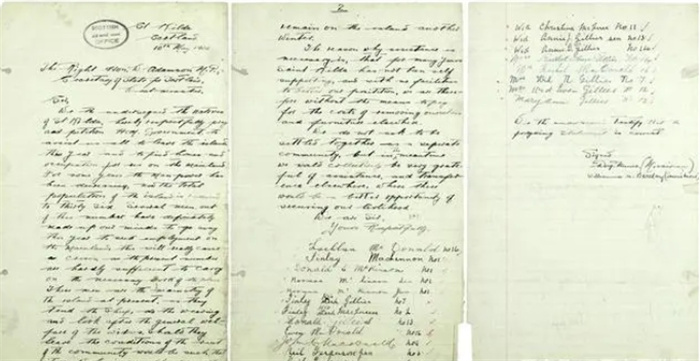The Most Remote Island In The World
The Most Remote Island In The World: Isolated From The World For 4,000 Years, Villagers Climbed Cliffs For Food And Ate 90,000 Seabirds A Year
The St Kilda archipelago off the west coast of mainland Scotland is a truly remote and isolated place. It is about 64 kilometers west of the Outer Hebrides and is the most remote part of the British Isles. The island is full of jagged granite boulders and towering cliffs, where the wild forces of the North Atlantic wreak havoc. The wind is so strong here that the trees cannot grow.
In this hostile climate, a small village struggles to survive, surviving mainly by eating seabirds and their eggs. This remarkable group of people lived a hunter-gatherer lifestyle, capturing gannets, clams, and puffins on the cliffs and growing meager crops until the early 20th century.
However, after thousands of years of isolation, the entire population of the island has now been evacuated to the mainland. Due to the lack of contact with the outside world and medical security, the island is no longer inhabited. The tales of these islanders and their gradual loss of self-sufficiency imbue Scotland's remote regions with an enduring natural fascination.
St Kilda has been inhabited for about 4,000 years. There is only one settlement on the entire island, called "Village Bay", a low-lying area on the largest island in the archipelago.
Windswept islands are not suitable for farming. High winds and accompanying salt water often damage crops, and the islanders do grow only small amounts of barley, oats, and potatoes. The wind and waves in the nearby sea area are too strong, and the villagers cannot fish. So their favorite food is birds, and there are plenty of them on the island.
St Kilda is a breeding ground for many important seabird species such as gannets, petrels, and puffins. It has the largest population of northern gannets in the world, accounting for 24% of the global total, and almost 90% of the European petrel population breeds here. It is said that people also make puffins into a snack, which tastes as crisp as potato chips. Each person in St Kilda reportedly eats 115 puffins a year. It is said that in 1876, the islanders consumed more than 90,000 of them.
Capturing the birds is not easy, but the islanders have mastered the technique. During the spring and summer months, the men climb the sheer cliff face barefoot and collect chicks and eggs from the nest. Villagers waste nothing, bird feathers are used to stuff pillows and bedding, gannet skins are used to make shoes, and body oil is used as fuel. These birds only stay on the island for half the year, and in autumn and winter, they go to the Atlantic Ocean. To keep themselves from starving themselves, the islanders built storehouses out of stone, where they stored bird carcasses for autumn and winter.
Beginning in the mid-19th century, the islanders began hosting tourists and they began venturing off the island to venture into the world beyond. Increasing contact with the outside world opened their eyes to a different way of life, and their inadequacies on the island. Residents began importing food, fuel, and building materials to improve life on the island and became dependent on these supplies.
During the First World War, due to the needs of the war, the British government arranged a navy on the island. The presence of the Royal Navy improved the communication between the island and the mainland. For the first time in the island's history, there was regular mail and food supply. When these services were withdrawn after the war, the sense of isolation increased. Food shortages became more acute and frequent, and medical security was severely lacking.
The final straw came in January 1930 when a young woman suffering from appendicitis was too late to be brought to the mainland for treatment and eventually died. After that incident, the islanders made a collective decision to leave the island forever. A petition signed by twenty islanders was written to the government demanding evacuation.
They say the island's population is dwindling and more and more men are deciding to leave. Without them to feed the sheep, weave the cloth, and tend the women, one cannot stay on the island for even one more winter. The petition goes on to say that we hope the government can help us move to other areas, for which we would be grateful.
On 29 August 1930, the remaining 36 residents of St Kilda were evacuated and resettled on the mainland. In 1986, the islands became the first places in Scotland to be listed as a UNESCO World Heritage Site. It is one of only 24 places on Earth that have been awarded this status for their natural and cultural significance. Today, thousands of tourists travel to St Kilda Island to explore the small abandoned village.











